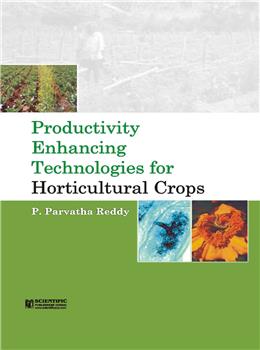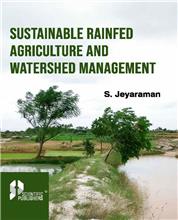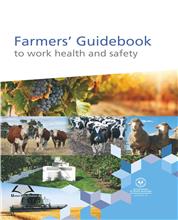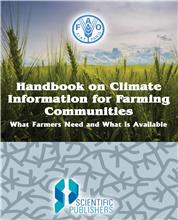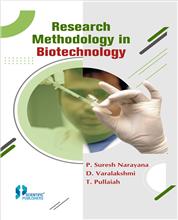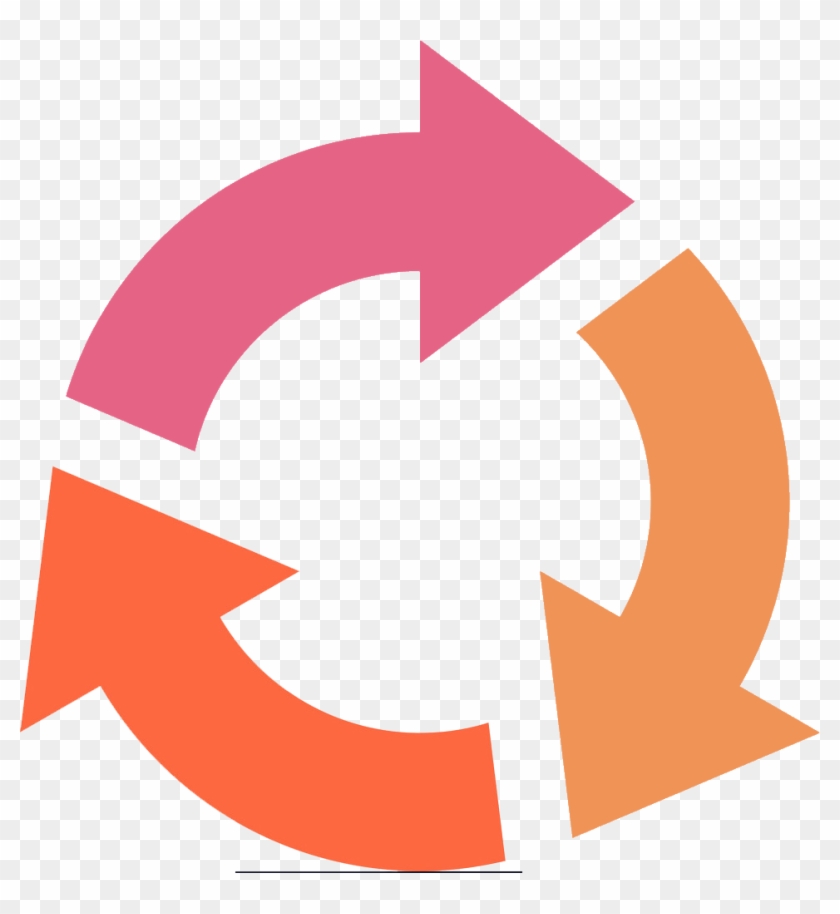The average productivity of most horticultural crops in India is low. There is a wide gap between yields obtained and potential yields with improved varieties and technologies. Programmes, therefore, need to be taken up to reduce the yield gap by improving productivity. The present book deals with productivity enhancing technologies such as use of high yielding varieties/hybrids, high density planting, micro-irrigation, fertigation, protected cultivation, bio-regulators, biotechnological approaches, integrated nutrient, weed, pest, disease and nematode management in general and crop-wise in particular. The book is illustrated with excellent quality photographs enhancing the quality of publication. The book is written in lucid style, easy to understand language along with adoptable recommendations for enhancing the productivity.
